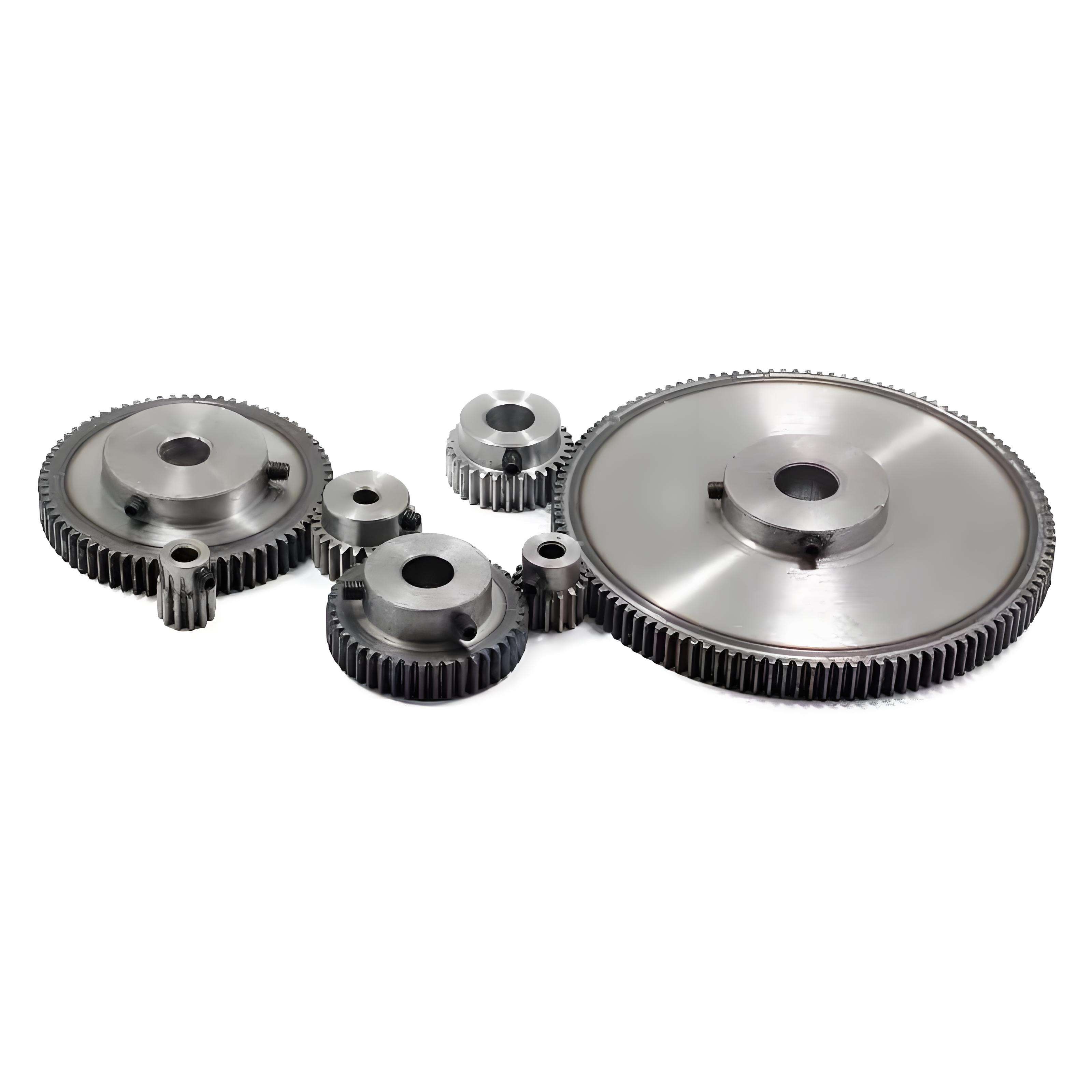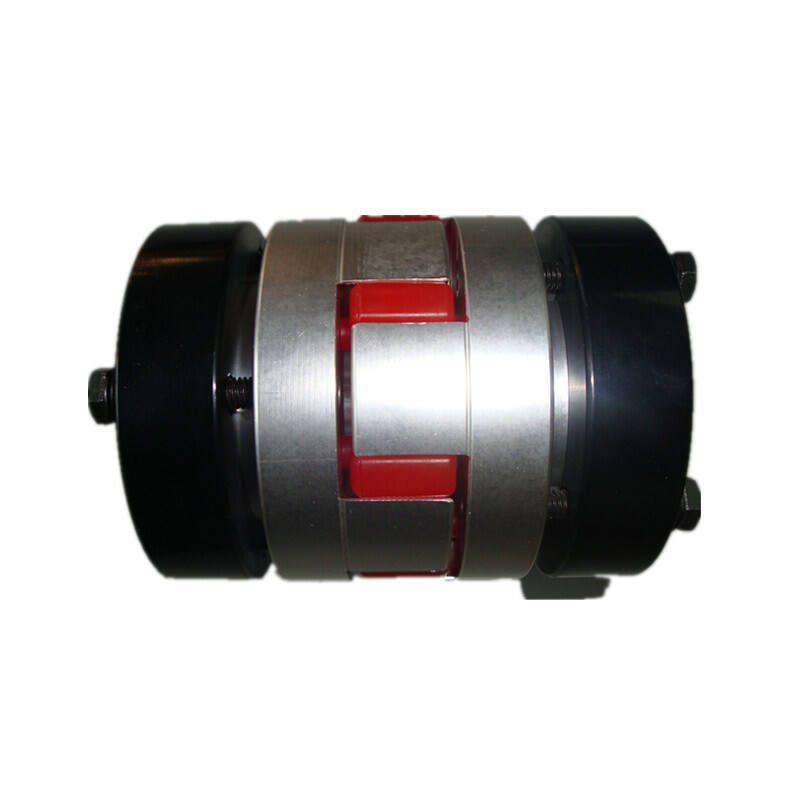motor gear shaft
A motor gear shaft is a critical mechanical component that serves as the primary transmission element in various power systems and machinery. This essential component combines the functionality of a motor's drive mechanism with precision-engineered gearing systems, enabling efficient power transfer and motion control. The shaft is typically manufactured from high-grade steel or other durable materials, designed to withstand significant torque loads and maintain operational stability under various conditions. In its core design, the motor gear shaft integrates seamlessly with both the motor assembly and the gear system, facilitating smooth power transmission while minimizing energy loss. The component's sophisticated engineering allows for precise speed control, torque multiplication, and rotational direction changes, making it indispensable in numerous industrial applications, from manufacturing equipment to automotive systems. Advanced surface treatments and precise machining ensure optimal performance and extended service life, while careful consideration of factors such as thermal expansion and mechanical stress resistance contributes to its reliability. The motor gear shaft's versatility extends to various configurations, accommodating different motor sizes, gear ratios, and load requirements, making it a fundamental element in modern mechanical systems.


